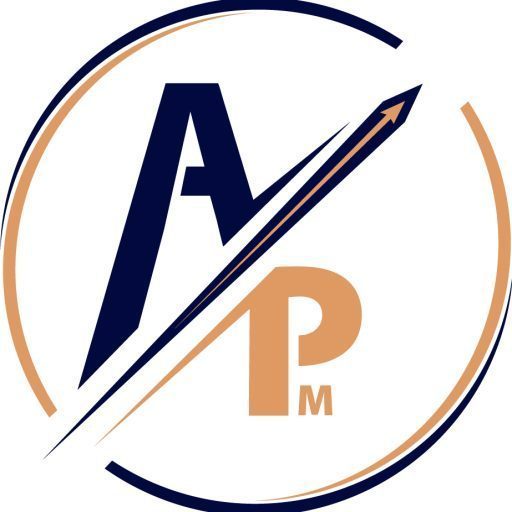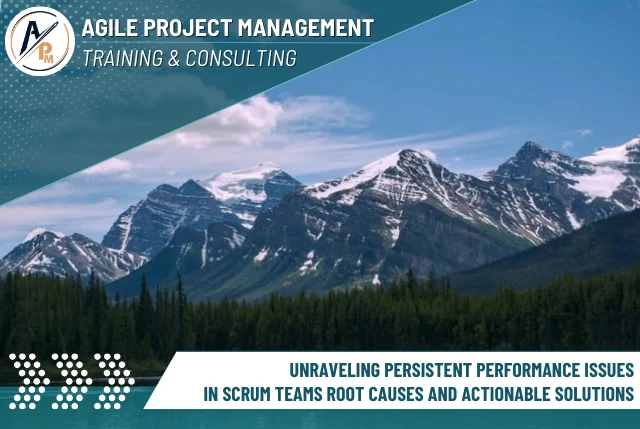Differences between Agile and Traditional Project Management

The below detailed table highlights the fundamental differences between Agile and Traditional project management methods, with examples for clarity in real-world scenarios.
- Agile Project Management is highly flexible and adaptable, ideal for environments where change is expected, customer feedback is vital, and the scope is likely to evolve (e.g., software development, marketing).
- Traditional Project Management (Waterfall) is best suited for projects with well-defined outcomes, clear timelines, and fixed budgets, where changes are less frequent, such as construction or large-scale infrastructure projects.
Detailed Comparison of Agile vs. Waterfall Project Management Approaches
Share on


